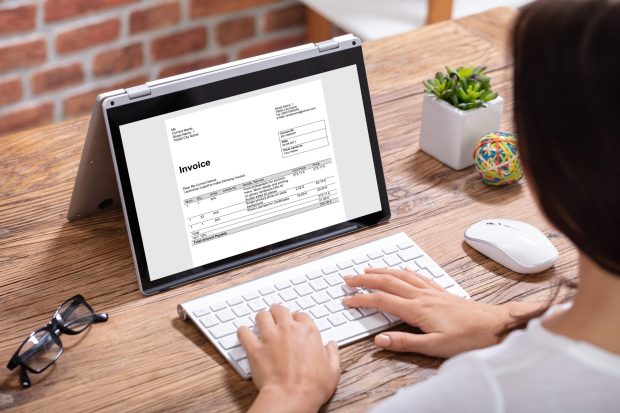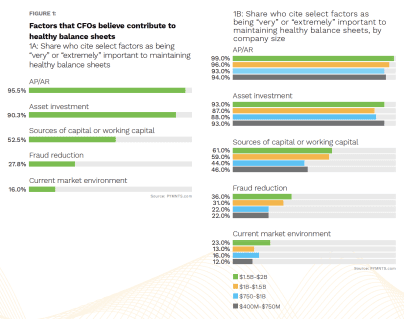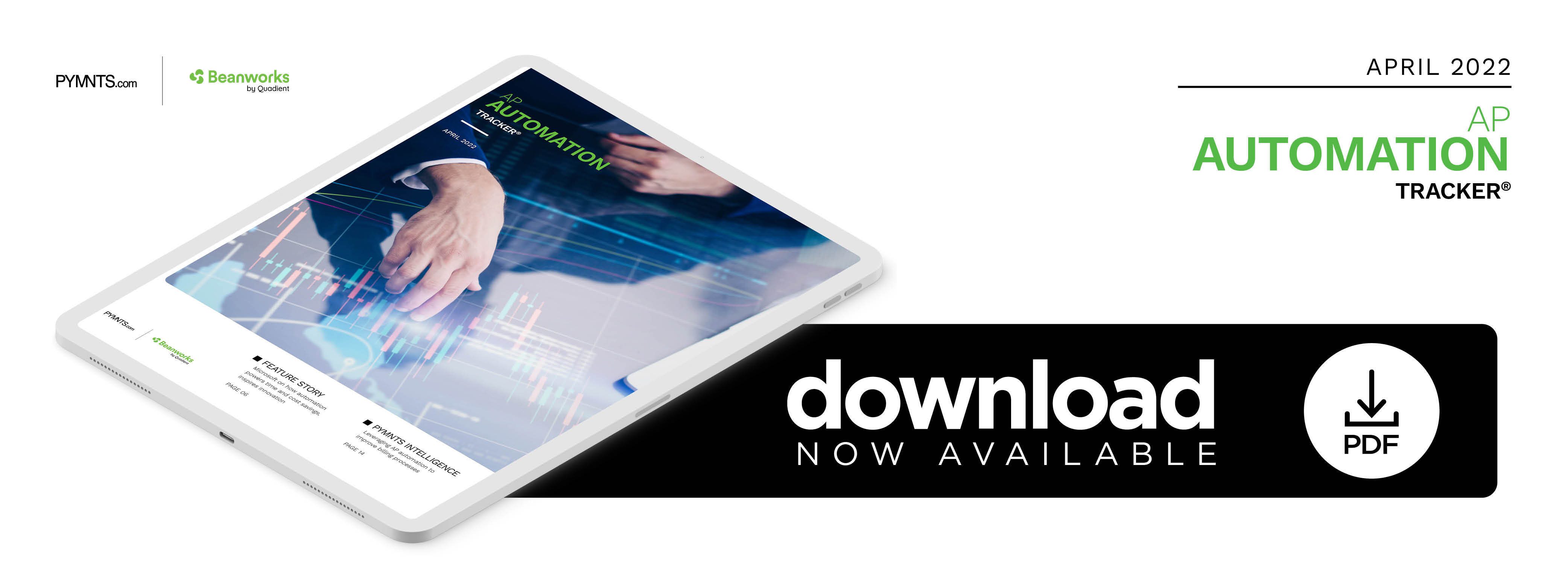PYMNTS Intelligence: Leveraging AP Automation to Improve Billing Processes

Capital management is a constant challenge for all types of businesses, requiring them to invest vast sums to manage cash flow, accounts payable (AP), accounts receivable (AR) and other related tasks. Problems range from incorrect invoices to lack of cash on hand to late payments, all of which demand considerable time and labor to correct. Businesses in the United States produce approximately 400 billion invoices each year, 49% of which go on to become overdue. In the United Kingdom, meanwhile, 63% of businesses produce duplicate invoices, 33% of which are mistakenly paid.
The costs of these delays and errors are leading many businesses to develop or purchase advanced technological solutions to fix them. Some of the most promising solutions leverage artificial intelligence (AI), machine learning (ML) or some other form of automated software, both to reduce the incidence of complications and to address those that do arise. This month, PYMNTS explores the various AP automation solutions that businesses are deploying and how they cut costs, reduce errors and improve the overall billing process for better capital management practices.
AP Challenges
Many of the current problems with business-to-business (B2B) payments stem from their continued reliance on paper checks and manual processes. A business that sends just 500 checks each month could spend more than $2,000 monthly on the labor, bank fees, check printing and postage needed to process them, to say nothing of the opportunity cost of having staff spend valuable time printing and mailing these checks. Paper-based invoices drain significant sums as well, with estimates showing that electronically processed invoices could save up to $20 per invoice over paper versions. These expenses quickly add up, considering how many paper invoices are processed each year: more than 1.2 billion in Australia, for example, where 89% of small- to medium-sized businesses (SMBs) use paper-based or PDF invoices.
Manual accounting processes can also bog down AP departments. A recent study of law firms found that 52% of accounting departments in the industry cite time-consuming invoice creation as their top billing struggle, followed by 47% citing difficulty reconciling trust accounts. Another study found that 71% of AP employees blame manual processes and paper payments for a lack of visibility into their payables — a problem that could lead to fraud going unnoticed. Seven in 10 respondents said the lack of transparency makes financial forecasting more challenging, and 63% said they were forced to work overtime because opaque accounting processes made their jobs more difficult.
With all the money and labor wasted due to paper billing, manual accounting processes and other inefficient AP workflows, it is no surprise that many firms are looking to automated solutions to improve AP efficiency and make billing more seamless.
How Automation Improves AP
Chief financial officers’ (CFOs’) exact reasons for automating and digitizing their payments vary, with 61% saying their objective is to improve overall payments efficiency and 45% aiming primarily for improved cash flow and working capital. There is no dissent, however, regarding automated and digital payments’ advantages over their paper-based counterparts. Fifty-nine percent of CFOs say that digitizing their payments operations is key to improving the health of their balance sheets, and 96% agree that AP optimization is “very” or “extremely” important to keeping their balance sheets healthy. CFOs at the largest organizations express these beliefs in even greater shares.
Automation can also have a significant impact on businesses’ bottom lines by reducing B2B payment processing costs. A recent study found that AP automation reduces processing costs per invoice from $6.30 to $1.45 on average. Automation also saves accounting teams significant time, freeing them to focus on more consequential decisions. These gains have led companies to adopt accounting automation in record numbers. While just half of companies automated their accounting processes before the pandemic, 77% of companies currently have some kind of AP/AR automation in place.
Businesses that have made the switch to AP automation are seeing their investments pay off. Firms with fully automated AP systems were 20% more likely than other businesses to invest further in improving automation due to cost savings, and 89% reported decreased labor costs after their automation systems went into effect.
AP is essential for any business that deals with vendors or suppliers, making substandard practices in this area a major liability. Automation, digitization and other efficiency boosts can punch far above their weight in giving businesses a competitive edge.

